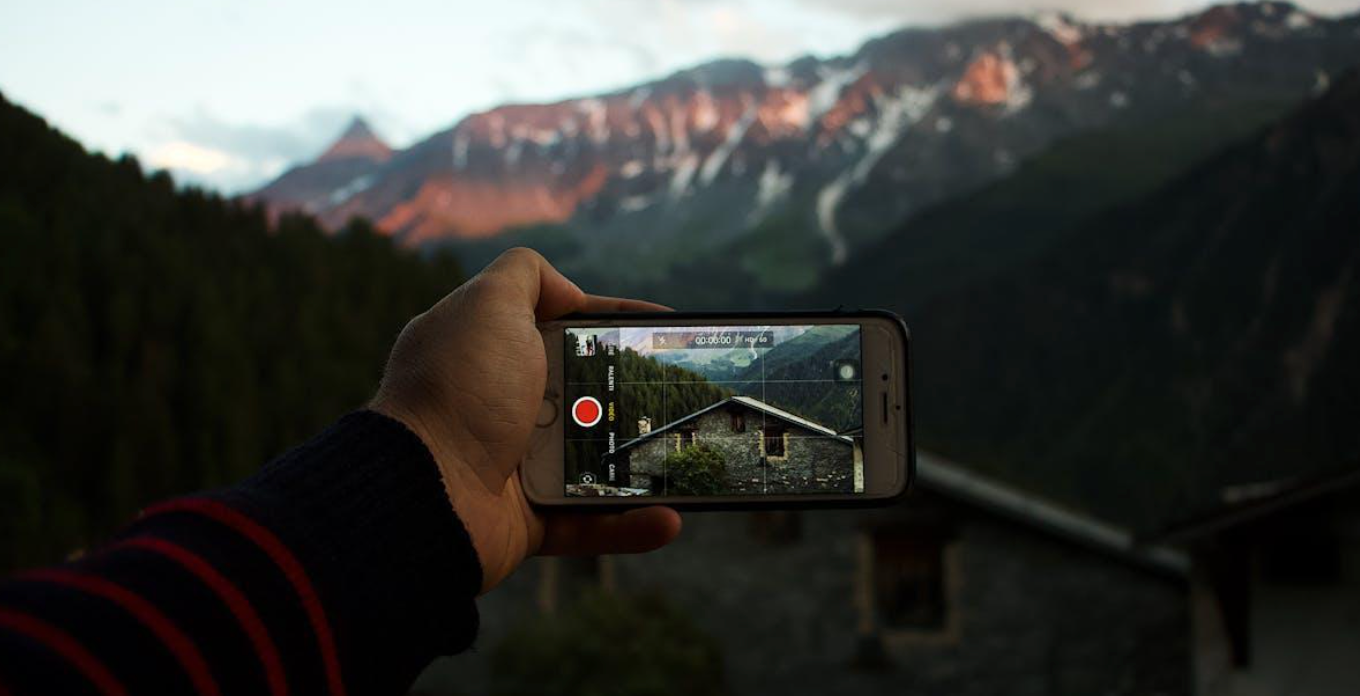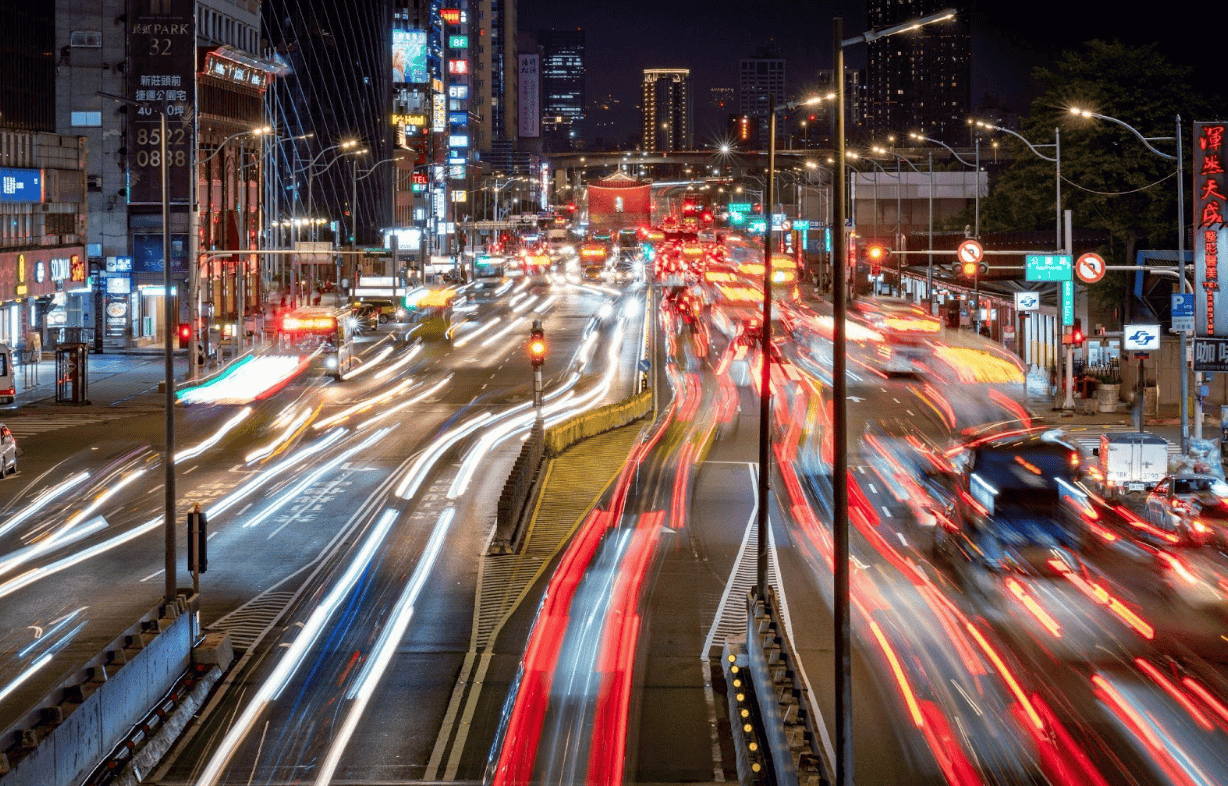Capturing Change: Timelapse Photography as a Storytelling Tool Beyond the Frame

Timelapse photography fascinates us by revealing the beauty of change in ways we often overlook. By compressing hours, days, or even years into mere seconds, this technique transforms the ordinary into the extraordinary. It’s more than just a visual spectacle; it’s a powerful storytelling tool that captures the essence of time itself.
Just as tools like Escort radar detectors heighten awareness on the road, timelapse photography sharpens our ability to notice subtle shifts around us, turning everyday moments into something remarkable.
As we explore the world of timelapse photography, we’ll discover how it allows us to witness the passage of time and the subtle transformations in our environment. From blooming flowers to bustling cityscapes, each frame tells a story that resonates deeply with our shared experiences. Much like the brilliance of fireworks for sale, these sequences remind us how fleeting moments can leave lasting impressions.
Join us as we delve into the artistry and science behind timelapse, and learn how it can inspire us to see the world from a new perspective.
Overview of Timelapse Photography
Timelapse photography captures the essence of change, transforming hours or days into condensed moments. Our exploration into this art form reveals its rich history and significance in storytelling.
Definition and History
Timelapse photography involves taking a series of images at set intervals, played back at high speed to create a visual narrative of change. The technique dates back to the 19th century, with early pioneers like Georges Méliès using similar methods. In 1936, the term “timelapse” gained popularity when researchers documented plant growth. As technology advanced, filmmakers embraced digital cameras, making timelapse techniques accessible for various storytelling genres. Today, we utilize this powerful tool in diverse contexts, from nature documentaries to urban transformations.
Importance in Visual Storytelling
Timelapse photography serves as a compelling vehicle for visual storytelling, revealing processes that are invisible to the naked eye. It captures the transient beauty of nature and humanity, allowing us to observe the dynamic flow of life. By condensing time, we highlight critical changes, such as the blooming of flowers or the bustling activity of a cityscape. This technique evokes emotion, generates curiosity, and fosters engagement, encouraging audiences to appreciate the passage of time in ways that static images cannot. Timelapse effectively communicates the narrative behind moments, providing a unique lens through which we view our world.
Techniques in Timelapse Photography
Timelapse photography requires specific techniques to effectively capture the essence of change. By understanding equipment, setup, and planning, we can elevate our storytelling through this powerful medium.
Equipment and Setup
We utilize a camera that supports manual settings for optimal control over exposure and focus. We prefer using a sturdy tripod to ensure stability, especially during long shooting sessions. Intervalometers automate the shooting process, triggering the camera at set intervals. We often choose wide-angle lenses to capture expansive scenes, enhancing the visual impact. It’s essential to utilize proper storage and battery options, as timelapse sessions can be lengthy. Lastly, we pay attention to lighting conditions, as different times of day impart unique qualities to the footage.
Planning the Shoot
We focus on thorough planning to enhance our timelapse projects. We start by selecting a location that offers dynamic changes, like a bustling city street or a blooming garden. Scheduling shoots during optimal weather conditions ensures the best results. We outline specific intervals for capturing images, considering what changes we want to highlight, such as the movement of shadows or the bloom of flowers. Understanding the story we want to tell guides our shot composition and framing. Finally, we allow for flexibility, ready to adapt to unexpected changes that may enhance our final product.
The Emotional Impact of Timelapse

Photo by Timo Volz on Unsplash
Timelapse photography evokes powerful emotions through its unique ability to portray change and transformation over time. This technique captures elements of our experiences, infusing them with a deeper narrative that resonates with viewers.
Capturing Transformation
Timelapse photography vividly illustrates transformation, showcasing the evolution of landscapes, seasons, and urban environments. We observe flowers blooming, clouds drifting, and cities bustling, emphasizing nature’s resilience and humanity’s progress. This visual compression of time provides insight into the gradual changes that often go unnoticed. By highlighting growth and decay, timelapse captures the essence of life’s cycles and encourages us to embrace the beauty of impermanence.
Evoking Nostalgia and Reflection
Timelapse photography stirs nostalgia and invites reflection on meaningful moments. It enables us to revisit cherished memories, reminding us of how places and people have changed. As we watch, we’re transported back to earlier times, and the rapid passage of time fosters a sense of urgency and appreciation. This emotional connection encourages us to value fleeting experiences and gain a deeper understanding of our own journeys within the ever-changing tapestry of life.
Timelapse Projects
Timelapse photography projects illustrate the transformative power of this medium. Below are examples of notable works and insights gained from their creators.
Notable Works
We can find several iconic timelapse projects showcasing the versatility of this technique. “Baraka” (1992) presents a global journey through stunning landscapes, capturing diverse cultures and natural wonders in vivid detail. “Planet Ocean” (2012) highlights the beauty and fragility of marine life, combining timelapse with underwater footage to reveal environmental changes. Another prominent example is the “National Park Service” series, which documents seasonal shifts across iconic American landscapes, providing viewers with a captivating perspective on nature’s rhythms.
Lessons Learned from Creators
Creators emphasize meticulous planning and adaptability as vital to successful timelapse projects. For instance, understanding lighting and weather patterns proves essential for capturing desired effects. Creators recommend conducting test shots to fine-tune camera settings, ensuring optimal exposure and frame composition. Flexibility in scheduling shoots allows creators to seize unexpected moments of beauty, enhancing the narrative quality of their work. Additionally, collaborating with experts in various fields can elevate the storytelling component, producing richer and more impactful visual experiences.
Challenges in Timelapse Photography
Timelapse photography presents various challenges that can impact the final product. Understanding these obstacles is crucial for producing captivating stories over time.
Technical Obstacles
We face several technical obstacles in timelapse photography, including issues with camera settings, equipment compatibility, and storage limitations. Cameras require precise manual adjustments, as automatic settings can lead to inconsistencies in exposure and focus. We often encounter problems with intervalometers, which need to sync accurately with camera systems to capture images at the desired intervals. Additionally, memory cards must have sufficient capacity and speed to handle large file sizes, especially for extended projects. Regular monitoring ensures that these technical aspects operate smoothly, ultimately enhancing the visual quality of our timelapse storytelling.
Weather and Environmental Factors
Weather and environmental factors pose significant challenges for timelapse photographers. We must contend with unpredictable conditions such as changing light, rain, and wind that can disrupt shoots. For instance, variations in light can alter the mood and tone of the final piece, affecting how we portray time and change. We often adjust our schedules to account for favorable weather, which may require flexibility and strategic planning. Environmental factors like wildlife activity and human presence also influence our framing and composition decisions, necessitating adaptation to maintain narrative clarity. By anticipating these challenges, we enhance the storytelling potential of our timelapse photography. For more insights, check out the resources available at National Geographic.



